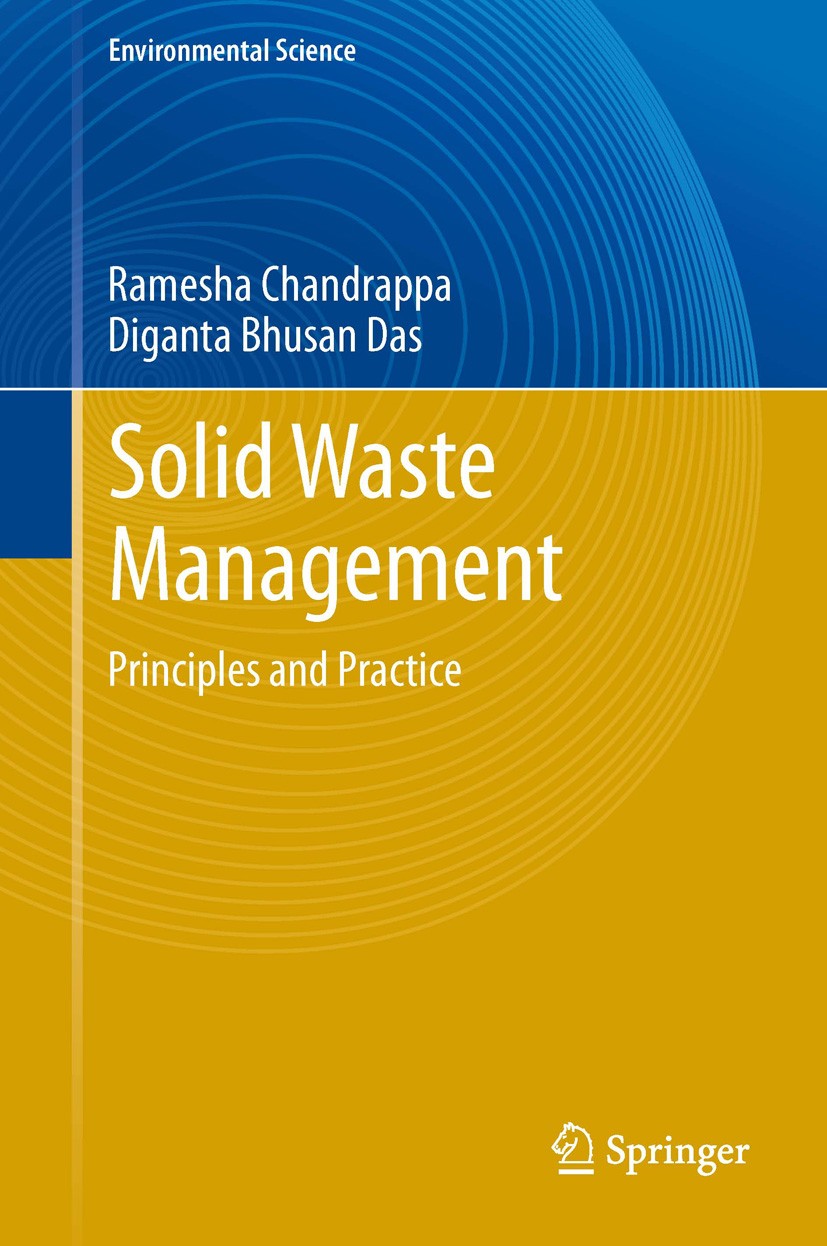Description
In an era defined by environmental challenges and growing awareness of climate change, the politics of the environment have become increasingly complex and contentious. “The Green Divide” comprehensively explores the multifaceted political landscape surrounding environmental issues, examining the competing interests, ideologies, and power dynamics that shape environmental policy and action.
Chapter 1: Ideological Battles and Environmentalism This chapter delves into the ideological underpinnings of environmental politics, exploring the diverse range of perspectives and approaches within the ecological movement. From conservationist traditions to environmental justice activism, readers will gain insight into the ideological divides that influence policy debates and shape the trajectory of environmental action.
Chapter 2: The Global Environmental Agenda Environmental challenges transcend national boundaries, necessitating international cooperation and diplomacy. This section examines the dynamics of global environmental governance, from multilateral agreements like the Paris Agreement to initiatives aimed at addressing transboundary issues such as deforestation, biodiversity loss, and ocean pollution.
Chapter 3: Environmental Justice and Equity Pursuing environmental sustainability is inseparable from considerations of justice and equity. This chapter explores the intersectionality of environmental issues with social, economic, and racial justice, highlighting the disproportionate impacts of environmental degradation on marginalized communities. Through case studies and real-world examples, readers will confront the realities of environmental injustice and explore strategies for promoting equity in environmental policy and decision-making.
Chapter 4: Corporate Influence and Greenwashing Corporate interests wield significant influence over environmental policy and regulation, often prioritizing short-term profit over long-term sustainability. This section examines the role of corporations in shaping environmental discourse, from lobbying efforts and campaign contributions to greenwashing tactics aimed at masking ecological harm. It also explores grassroots movements and civil society initiatives to hold corporations accountable for their environmental impact.
Chapter 5: Climate Change Politics and Policy Climate change represents one of the most pressing environmental challenges of our time, with far-reaching implications for ecosystems, economies, and societies. This chapter delves into the politics of climate change, from debates over emissions reduction targets to the implementation of renewable energy policies and the mobilization of climate action movements. Through analysis of key actors, interests, and obstacles, readers will gain insight into the complexities of addressing climate change at local, national, and global levels.
Chapter 6: Environmental Policy in Practice Effective environmental policy requires a combination of political will, scientific evidence, and stakeholder engagement. This section examines the ecological policy-making process, from agenda setting and formulation to implementation and evaluation. It explores the role of government agencies, regulatory frameworks, and public-private partnerships in addressing ecological challenges and advancing sustainability goals.
Chapter 7: Navigating the Green Divide In a polarized political landscape, finding common ground on environmental issues can be challenging. This final chapter explores strategies for bridging the green divide and fostering constructive dialogue and collaboration. It emphasizes the importance of building coalitions, engaging diverse stakeholders, and promoting evidence-based decision-making to address environmental challenges effectively.
Conclusion: “The Green Divide: Navigating the Politics of the Environment” concludes by reflecting on the complexities and opportunities inherent in environmental politics. By understanding the diverse perspectives, interests, and power dynamics, readers can navigate the political landscape more effectively and advocate for policies and actions that promote environmental sustainability and social justice.






Kabir –
This ebook is a valuable resource for anyone seeking to understand the intricate relationship between politics and the environment. The author’s analysis is thorough and well-researched, covering a wide range of topics including environmental governance, international treaties, and grassroots activism.
Samaila –
I found ‘The Politics of the Environment’ to be an enlightening and thought-provoking read. The author does an excellent job of exploring the political dimensions of environmental issues, from climate change to biodiversity loss.
Hamisu –
This book is a must-read for anyone interested in understanding the complex interplay between politics and environmental issues. The author provides a comprehensive overview of key environmental challenges and examines the various political strategies and policies aimed at addressing them.